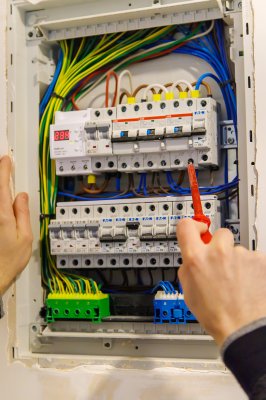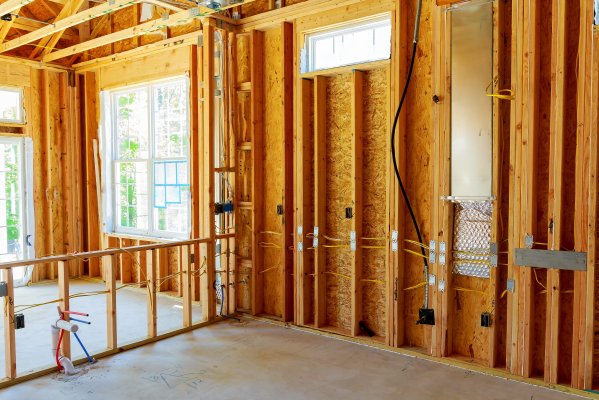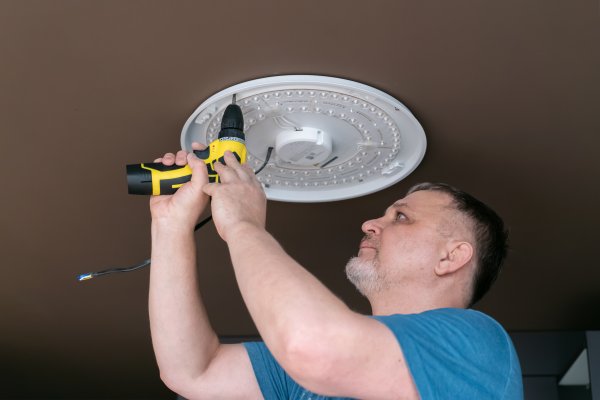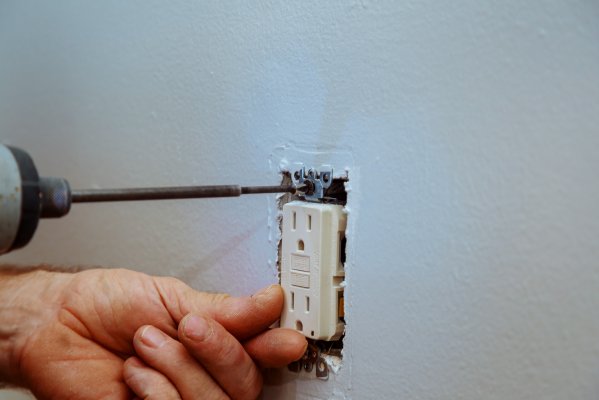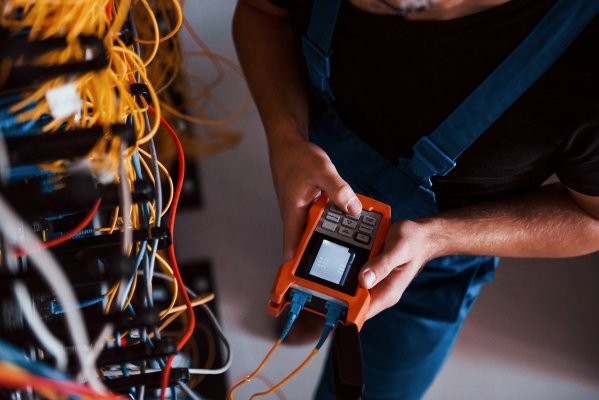Why Pacific Northwest Weather Demands Electrical Preparedness
The Pacific Northwest's unique weather patterns—from ice storms to windstorms to extended power outages—create specific challenges for home electrical systems. Salem area homeowners need specialized preparation strategies to protect their families and property during electrical emergencies.
Common Pacific Northwest Electrical Challenges
- Ice Storms: Heavy ice accumulation can bring down power lines and damage electrical equipment
- Windstorms: High winds can cause tree damage to electrical infrastructure
- Extended Rain: Moisture infiltration can cause electrical failures and safety hazards
- Power Grid Vulnerabilities: Rural and suburban areas may experience longer outage durations
Essential Emergency Electrical Kit
Every Pacific Northwest home should maintain an emergency electrical kit containing:
Power Sources
- Portable Generator: Properly sized for essential loads (refrigerator, heating, lighting)
- Battery Backup Systems: UPS units for critical electronics
- Solar Power Banks: Renewable charging for small devices
- Car Inverters: Vehicle-powered electrical supply for emergencies
Safety Equipment
- Flashlights and Lanterns: LED lights with extra batteries
- Battery-Powered Radio: Weather alerts and emergency information
- First Aid Supplies: Including supplies for electrical shock treatment
- Fire Extinguisher: Class C extinguisher for electrical fires
Pre-Storm Electrical Preparation
When severe weather is forecast, take these electrical preparation steps:
48 Hours Before Storm
- Test Generator: Ensure proper operation and fuel supply
- Charge Devices: Fully charge all phones, tablets, and portable batteries
- Inspect Electrical Equipment: Check for loose connections or damage
- Prepare Transfer Switch: If installed, test manual transfer switch operation
24 Hours Before Storm
- Unplug Sensitive Electronics: Protect from power surges
- Fill Bathtubs: Water supply may be affected by power outages
- Set Refrigerator to Coldest Setting: Extend food preservation during outages
- Locate Emergency Supplies: Ensure easy access to flashlights and radio
During Power Outages
When the power goes out, follow these safety protocols:
Immediate Actions
- Check Circuit Breakers: Verify the outage isn't internal to your home
- Report Outage: Contact your utility company
- Use Flashlights Only: Never use candles near electrical equipment
- Turn Off Major Appliances: Prevent damage from power surges when electricity returns
Generator Safety
- Outdoor Operation Only: Never run generators indoors or in garages
- Proper Ventilation: Maintain 20+ feet from windows and doors
- Direct Connection: Use transfer switch or proper extension cords
- Fuel Safety: Store gasoline safely and never refuel while running
Post-Storm Electrical Assessment
After severe weather, conduct a thorough electrical system assessment:
Safety Inspection Checklist
- Downed Power Lines: Stay away and report to utility company
- Water Damage: Check for moisture in electrical panels and outlets
- Damaged Equipment: Inspect outdoor electrical equipment for storm damage
- Electrical Odors: Investigate any burning or unusual smells
When to Call a Professional
- Any signs of electrical damage or malfunction
- Water infiltration in electrical systems
- Damaged service entrance or meter equipment
- Persistent electrical problems after power restoration
Long-Term Preparedness Strategies
Invest in long-term electrical preparedness for your Pacific Northwest home:
Infrastructure Improvements
- Whole-House Generator: Automatic backup power for extended outages
- Transfer Switch Installation: Safe connection of backup power
- Surge Protection: Whole-house surge protectors
- Underground Utilities: Where possible, bury electrical service lines
Emergency Planning
- Family Emergency Plan: Include electrical safety procedures
- Communication Strategy: Multiple ways to stay informed during outages
- Supply Rotation: Regularly update emergency supplies and batteries
- Professional Relationships: Establish relationships with qualified electricians
Seasonal Electrical Maintenance
Prepare your electrical system for Pacific Northwest weather patterns:
Fall Preparation
- Trim trees near power lines (hire professionals for utility lines)
- Inspect and clean outdoor electrical equipment
- Test GFCI outlets and replace if necessary
- Check weatherproofing on outdoor outlets and fixtures
Winter Readiness
- Ensure adequate heating system electrical capacity
- Install or test backup heating sources
- Maintain generator and fuel supplies
- Monitor electrical load during peak heating periods
Spring Recovery
- Inspect electrical systems for winter damage
- Test all safety devices (GFCI, AFCI, smoke detectors)
- Schedule professional electrical inspection if needed
- Update emergency supplies and check expiration dates
Professional Assistance: For comprehensive electrical emergency preparedness, consult with a licensed Salem electrician who understands Pacific Northwest weather challenges and can recommend appropriate solutions for your home.

